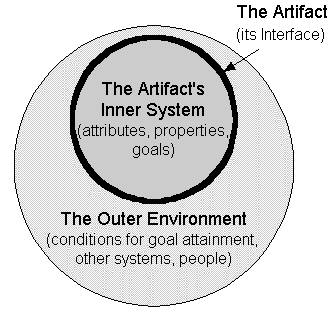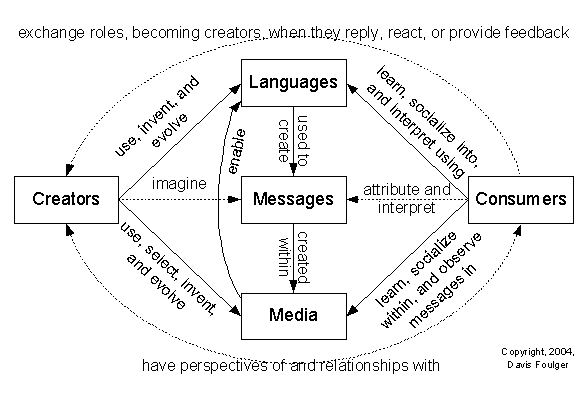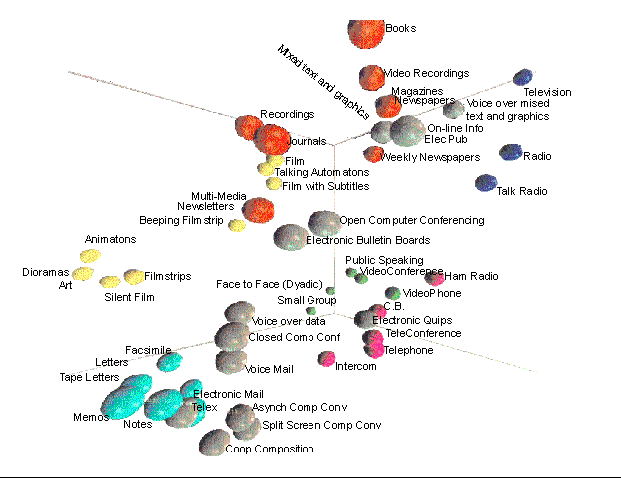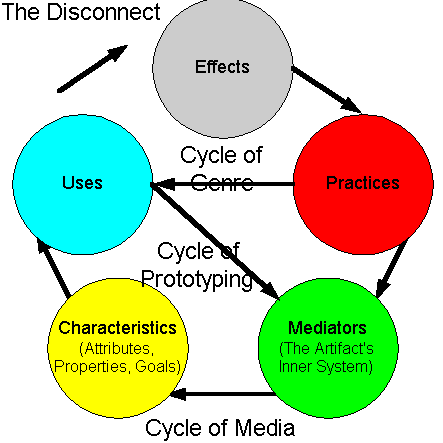|
Methodology
|
Technologies
|
Applications
|
Environment
|
|
Design
- Scenario-based usability Engineering
- user-centered design
- Interactive Design and Protyping
|
Speech
- User Interfaces
- Natural Language
- Making Speech Browsable, Readable, and Searchable
|
The Web
- Rapid and Automatic Site Evaluation
- Navigation
- Usability Guidelines
|
Organizations
- E-Business
- Customer-Centered Systems
- Availability and Interruption
|
|
Task Analysis
- User Experiences
- User Needs
- Driving Invention from Field Data
|
UI Agents
- adaptive interfaces
- Socially Adept Technologies
- Sensing systems
|
Groupware
- Collaboration
- Collaborative Physical Tasks
|
Virtual Environments
|
|
Usability Testing
- Rapid Evaluation
- Adaptive Testing
- User-Based Evaluations
|
Non-Verbal
- Gesture and Mobile Devices
- Virtual Keyboarding
- Gaze Interface Agenta
|
Visualization
- Foraging information
- Visualizing Patterns
- Visualizing Time Series
|
Communities
- Identities and Understandings
- Reputation systems
|
- Simons' The Sciences of the Artificial is a classic in artificial
intelligence
- But it is actually a pretty broadly based book. Other topics include:
- economics, social behavior, simulation, cognition, memory,
and complexity
- For me, it is mostly about the design of "artifacts"
- The interaction of artifact, interface, and environment (see
upper model)
- The artifact is its interface
- The interaction of "mediators" (my term) and its attributes
(see lower model)
- Systems are designed to meet abstract goals
- Simon is not entirely consistent here:
- The constituents of an artifact can be in the inner system or
the outer environment
- But it gave me a start on explaining what I was seeing
- Others seem to have found similar value: Henry Petroski, for instance
|

Simon's Notion of Artifact expressed graphically
|

The relationship of the system components of an artifact
to the attributes of an artifact. "Characteristics" and
"Mediators" overlay my vocabulary on his conception.
|
Mediators
|
the IBM XT ships with a 10 Megabyte hard disk and a subdirectory capable
DOS
|
 |
Characteristics
|
the root directory is limited to 254 files or directories
|
Uses
|
new users load up the operating system, a text editor, and start writing
documents
|
Practices
|
because they didn't read the documentation and were used to VM, they
saved all their files to the root directory
|
Effects
|
when they try to save the 255th file, it won't save
|
Practices
|
they call up their local PC Consultant
|
Effects
|
several hours are spent diagnosing the problem and moving files, one
at a time, into a subdirectory structure
|
Practices
|
the user is instructed to save their files to subdirectories and shown
how
|
Effects
|
other users have the same problem
|
Practices
|
a text editor is used to create a batch file that moves the files around
|
Effects
|
several hours are saved, but other users have the same problem
|
Mediators
|
a batch file is written that automatically moves the files around
|
 |
Effects
|
more time is saved, but users aren't happy with were the files are put
|
Mediators
|
a direct file manipulation program is created (File Manager)
|
Uses
|
users can easily reorganize their own systems
|
Effects
|
they do, but notice that the file manager makes a good user interface
|
Uses
|
they start using it as a user interface
|
Effects
|
some things are hard to do
|
Practices
|
requests are made for new features
|
Mediators
|
the file manager is given end user configurability features
|
Effects
|
a new game emerges as a biproduct: Hard disk roulette
|
Practices
|
the game is documented as a "dangerous" feature
|
Mediators
|
the application features that enable the game are disabled
|
Practices
|
end users start using and sharing customizations
|
 |
The Cycle of Genre
|
the file manager grows other uses, including "Backup"
|
The Cycle of Media
|
the file manager grows into, well,
-
"File Manager" (OS/2 and Windows)
-
"DOS Shell"
-
a pre-X-Windows UNIX shell
The original code is still being improved 18 years later (by its seventh
"owner").
|
Mediators
|
a default directory structure is built into a new user "workbench"
- along with a configurable menu-based user interface system
- a set of applications
- and built in (hypermedia) documentation
|
The Cycles of Media and Genre
|
- The workbench and all the tools in it grow too, but that's several
more stories, and the file management story is pretty sketchy
|







